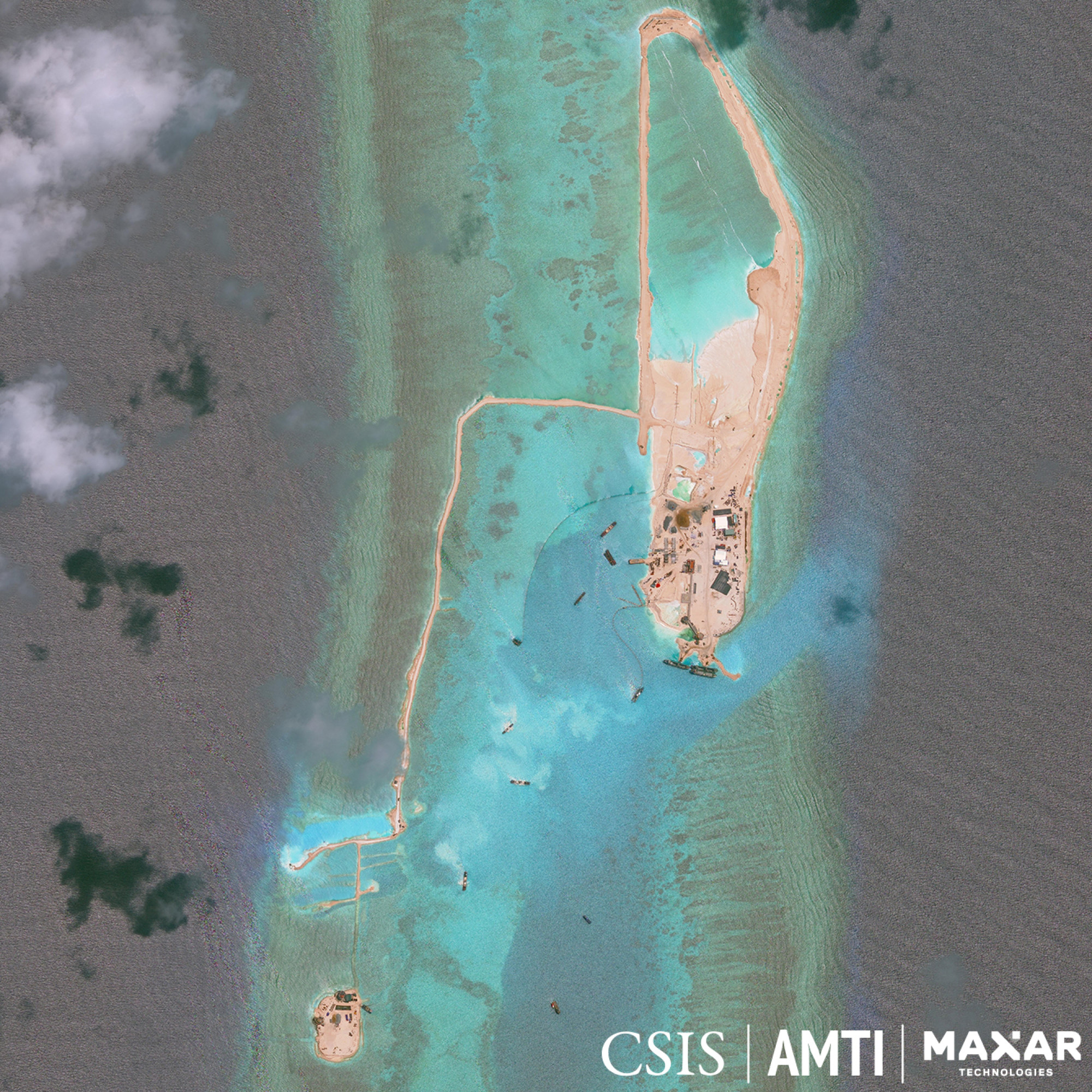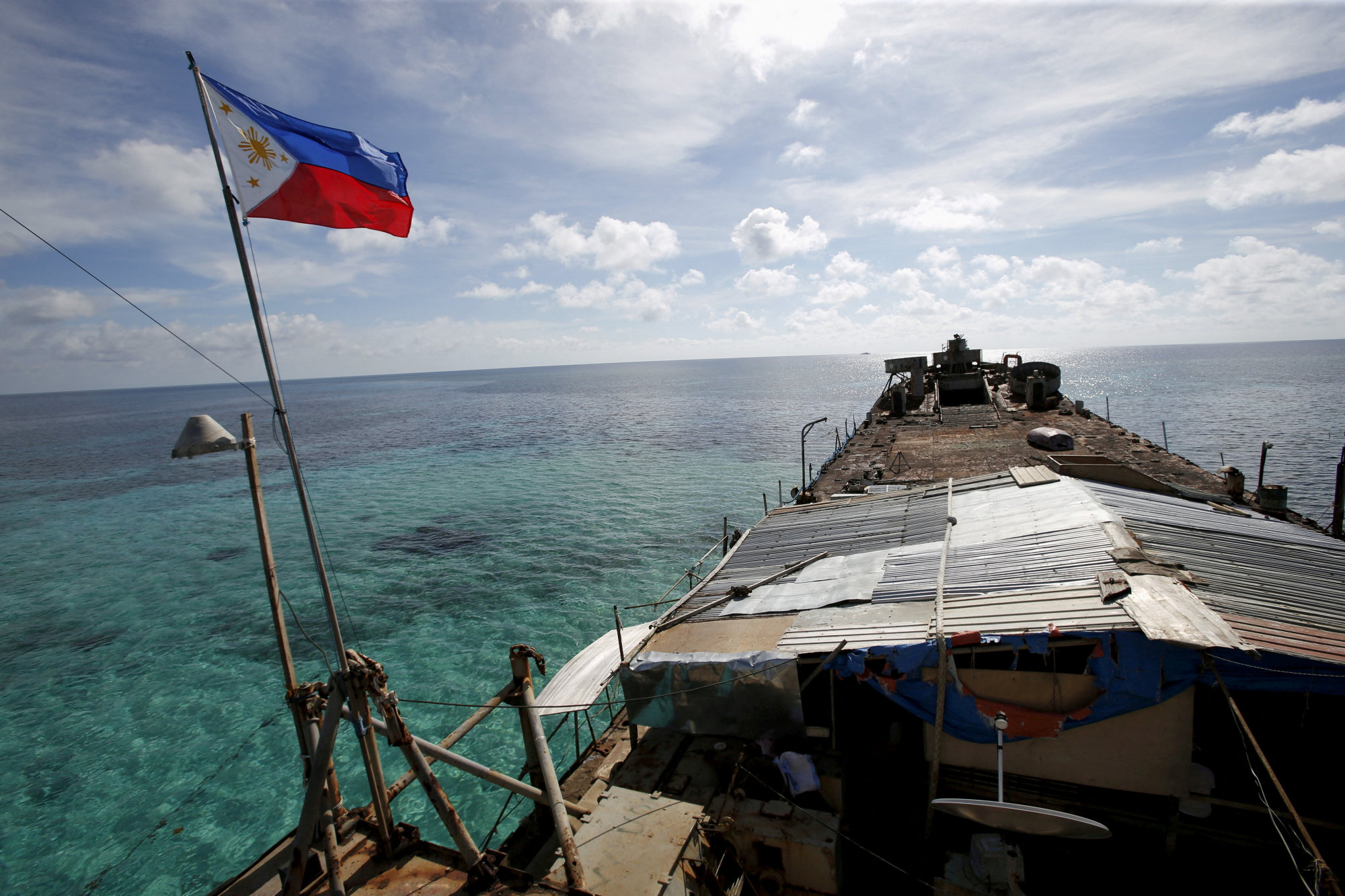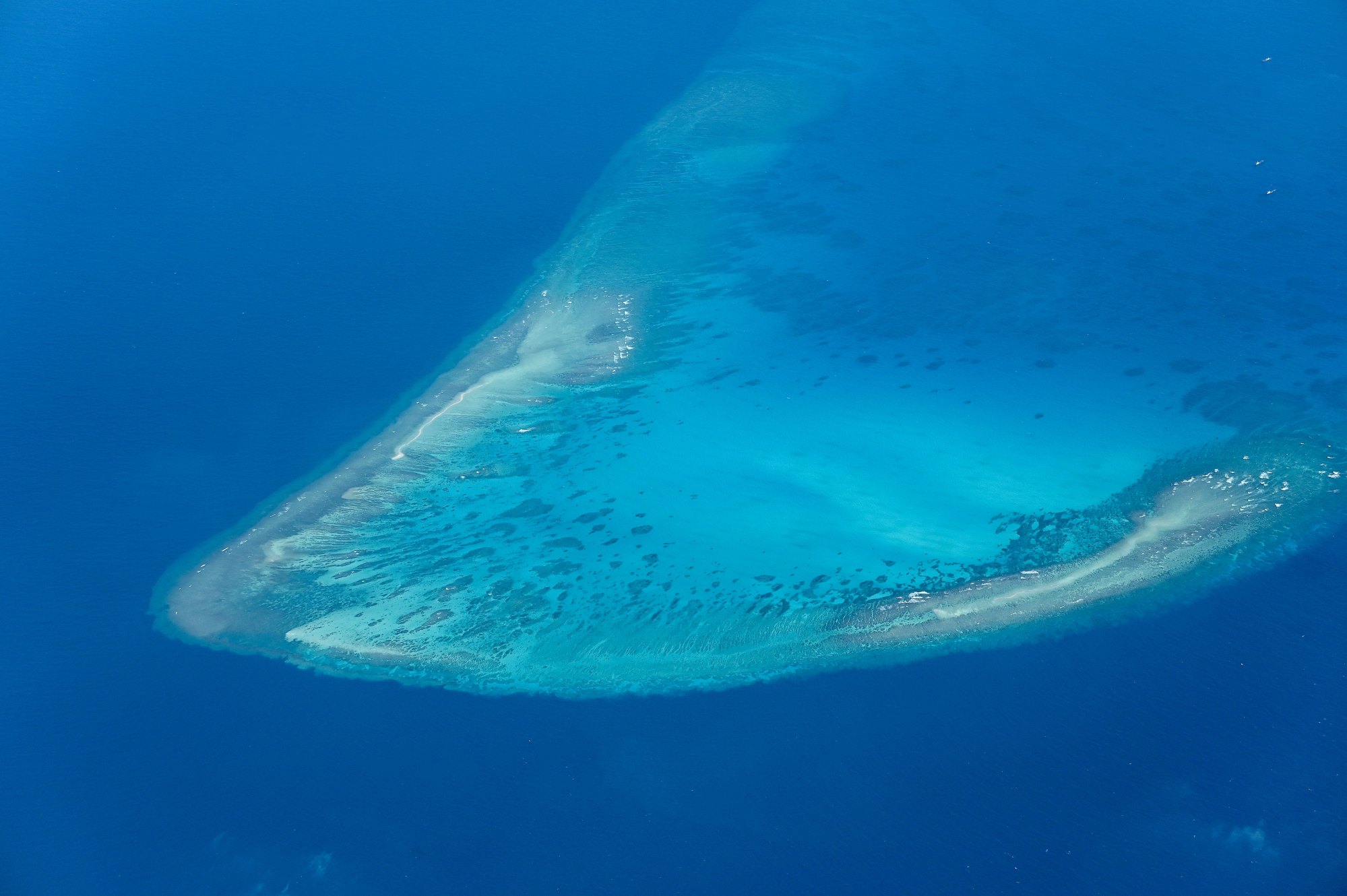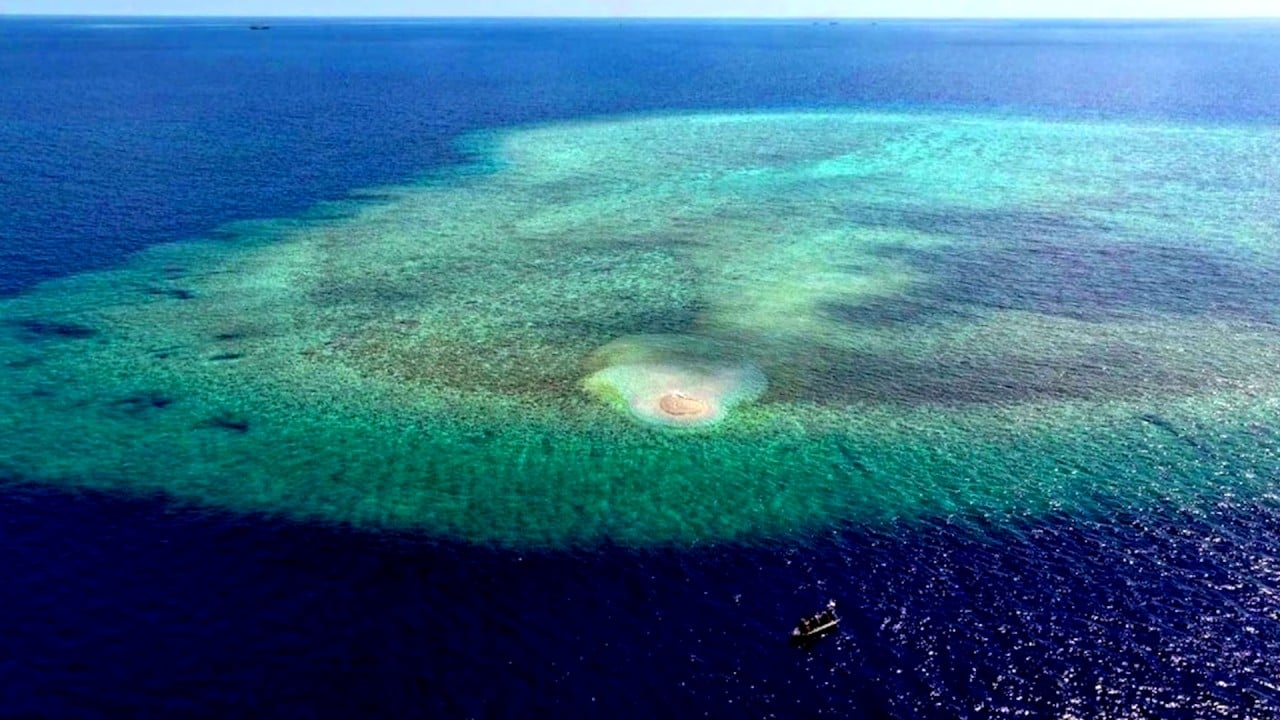In a report this month, the Washington-based Asia Maritime Transparency Initiative (AMTI) at the Centre for Strategic and International Studies said Vietnam had rapidly expanded its dredging and landfill operations in the South China Sea over the past six months.

Vietnam is “on pace for a record year of island building in 2024”, the report said, noting that Hanoi had added 692 acres (2.8 sq km) across 10 features in the Spratly Islands since November, roughly matching its efforts in the last two years.
The think tank said Vietnam had reclaimed around 2,360 acres of land, around half of China’s reclamation, a near 10-fold increase from three years ago.
John Bradford, executive director of the Yokosuka Council on Asia-Pacific Studies said Vietnam’s island-building showed the complexity of the disputes in the South China Sea where discussions often oversimplified the situation as China versus Southeast Asian, when Southeast Asian claimants also have their differences.
“[Vietnamese island-building] is not a direct threat to Manila’s sovereignty, and it is quite unlikely the Philippines-Vietnam relationship will boil to a crisis,” said Bradford, a former US navy officer.
Joshua Espeña, a resident fellow and vice-president of Manila-based International Development and Security Cooperation think tank, said Vietnam’s activities do not pose a short-term security threat to Philippine interests given how little it has developed compared to China.
Hanoi would only pose a long-term security threat to Manila if the two countries fail to cultivate stronger ties and establish cooperative mechanisms, he said.
It is in Vietnam’s strategic interest to work on its unilateral gains “silently without provoking others”, Espeña said, but it would be possible that the issue emerges as a source of friction if Manila does not develop its features in the South China Sea.
“But so far, Manila’s strategic calculus is fixed given the clear and present threat from China,” Espeña said, referring to the months-long naval skirmishes between Manila and Beijing in the South China Sea.
“The best option for Manila is to do what is best for now regarding China, while keeping an eye on Vietnam’s actions through other means like diplomacy and intelligence,” Espeña said.

Minh Phuong Vu, a PhD candidate in international relations at Australian National University’s Coral Bell School of Asia-Pacific Affairs, said that while Vietnam’s efforts to expand its outpost in the Spratly Islands have been rapid, these were not aimed at creating a new claim and are unlikely to be interpreted in the same way as similar efforts by China.
“Vietnam has been keeping to itself, it does not harass Filipino fishermen or seek to exert control over the Philippines’ occupied features”.
“There is little ground then to suspect that Vietnam’s expansion of its outpost will be used to threaten the Philippines,” Vu said, adding that potential concerns have more to do with the environmental or ecological impact of such activities.
Both countries view China as the largest threat, he said.
“There is nothing that China would like more than Southeast Asian claimant states divided and turning their protests towards each other instead of Beijing”.

Pham Ngoc Minh Trang, a research fellow at the Max Planck Foundation for International Peace and the Rule of Law in Germany, said Vietnam should take into account the Philippines’ concerns about the effects of land reclamation on the South China Sea’s marine environment.
“This issue can be negotiated and treated as a point of cooperation between Hanoi and Manila, who have friendly relationships with each other.”
Filipino activist and opinion columnist Rigoberto D. Tiglao on June 10 described Vietnam as the “other threat in the South China Sea”.
Last August, Filipino protesters tore up the Vietnamese flag in front of the Vietnamese embassy in Manila after local media reported Hanoi’s alleged “militarisation” in the South China Sea.


